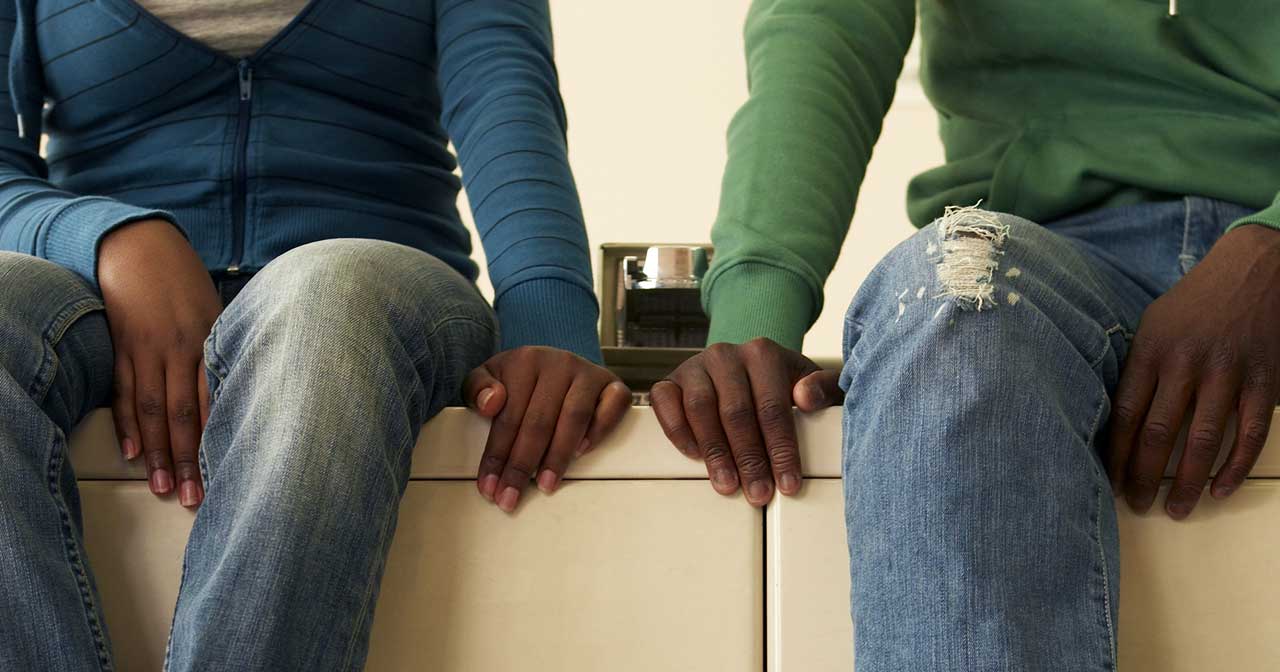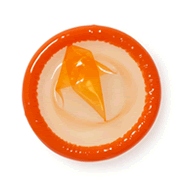The STI testing question of the hour: Where?
Location matters when it comes to getting folks screened for STIs.

Ignorance isn’t bliss when it comes to HIV and other sexually-transmitted infections (STIs). Early diagnosis and treatment means better long-term health and less likelihood of passing the infection on to future sexual partners. So why don’t more people in the U.S. get tested? Two new studies suggest that where the testing is happening may be part of the answer.
Exhibit A: The Center for Disease Control and Prevention (CDC) looked at whether sexually active U.S. high school students had ever been tested for HIV and found that less than a quarter of them (23%) had. The good news is that the students with more risk factors for HIV—like having injected drugs or had sex without a condom—were more likely to have been tested. The researchers wondered whether a lack of information about testing locations could be partly to blame for the overall low rate of HIV screening. If we could talk to those students right now, we’d make sure they know there’s a searchable list of health care providers and community organizations that do HIV testing. The tests can be done anonymously or confidentially, quickly, and are sometimes free—and search results from the list show all the details.
Exhibit B: Chlamydia and Gonorrhea are the most common sexually transmitted infections (STIs) in the U.S.—about 3.5 million people are diagnosed and treated each year, and the majority are aged 15-24. Since these STIs can linger without any symptoms and can cause serious infections and infertility if untreated, the CDC recommends annual screening for women under 26.
Researchers at Washington University in Saint Louis looked at whether more than 2,400 young women enrolled in a big study there would take advantage of free STI screening and found that 57% of them did. Three factors made women more likely to get tested: having a new partner in the last year, having a completed college degree, and being able to do the test at home. The most important factor was home testing, where women received a kit in the mail that allowed them to collect a swab themselves and mail it back for testing. Other studies have shown that women prefer home testing, too. If you like this idea and your doctor doesn’t offer this option, you might be able to order a free kit online.
Here’s hoping that with better information on where to get tested—and better access to home testing kits for some STIs—more and more people will be getting their test on and, if necessary, getting treated.
How do you feel about this article?

Heat up your weekends with our best sex tips and so much more.
